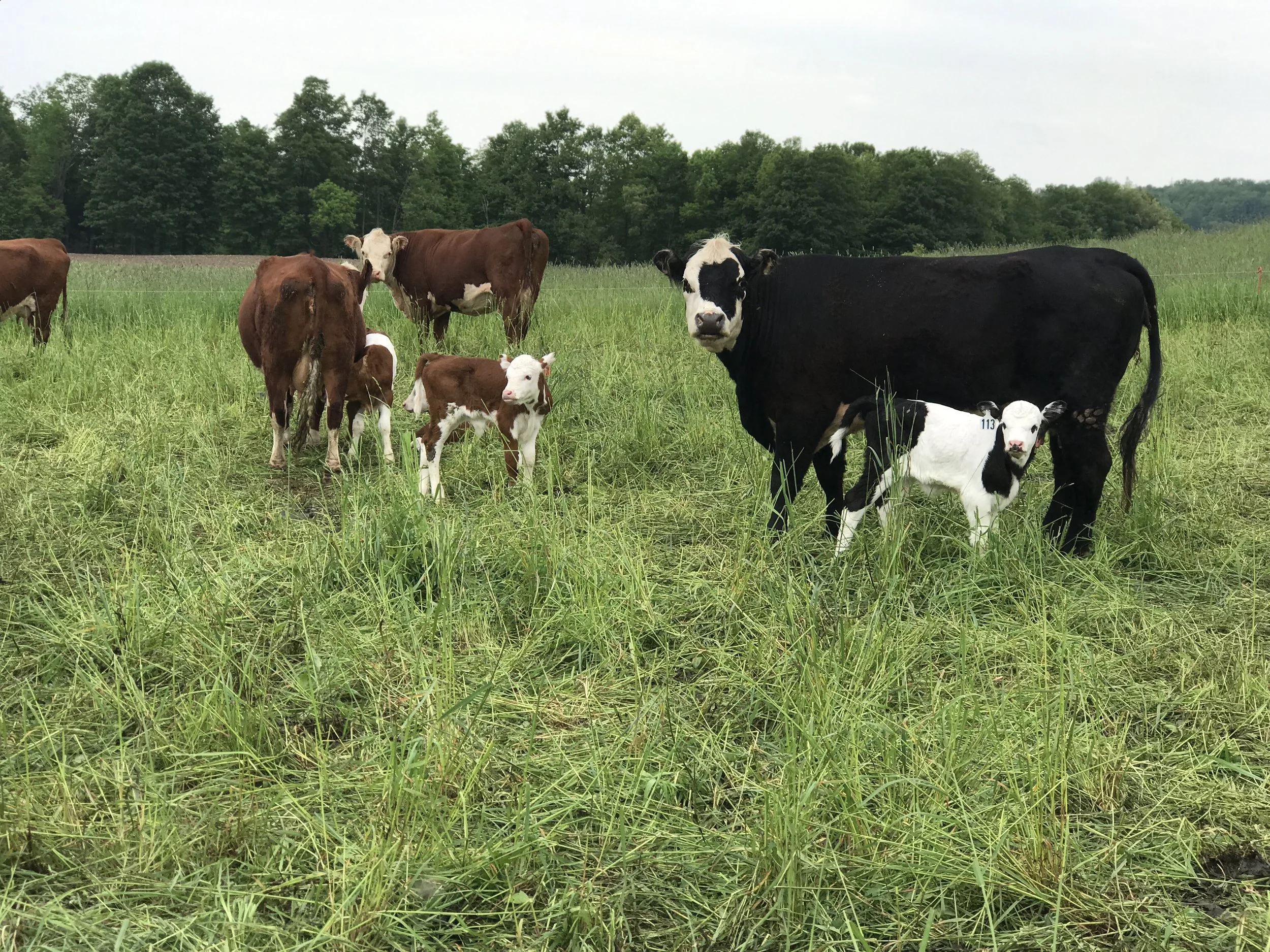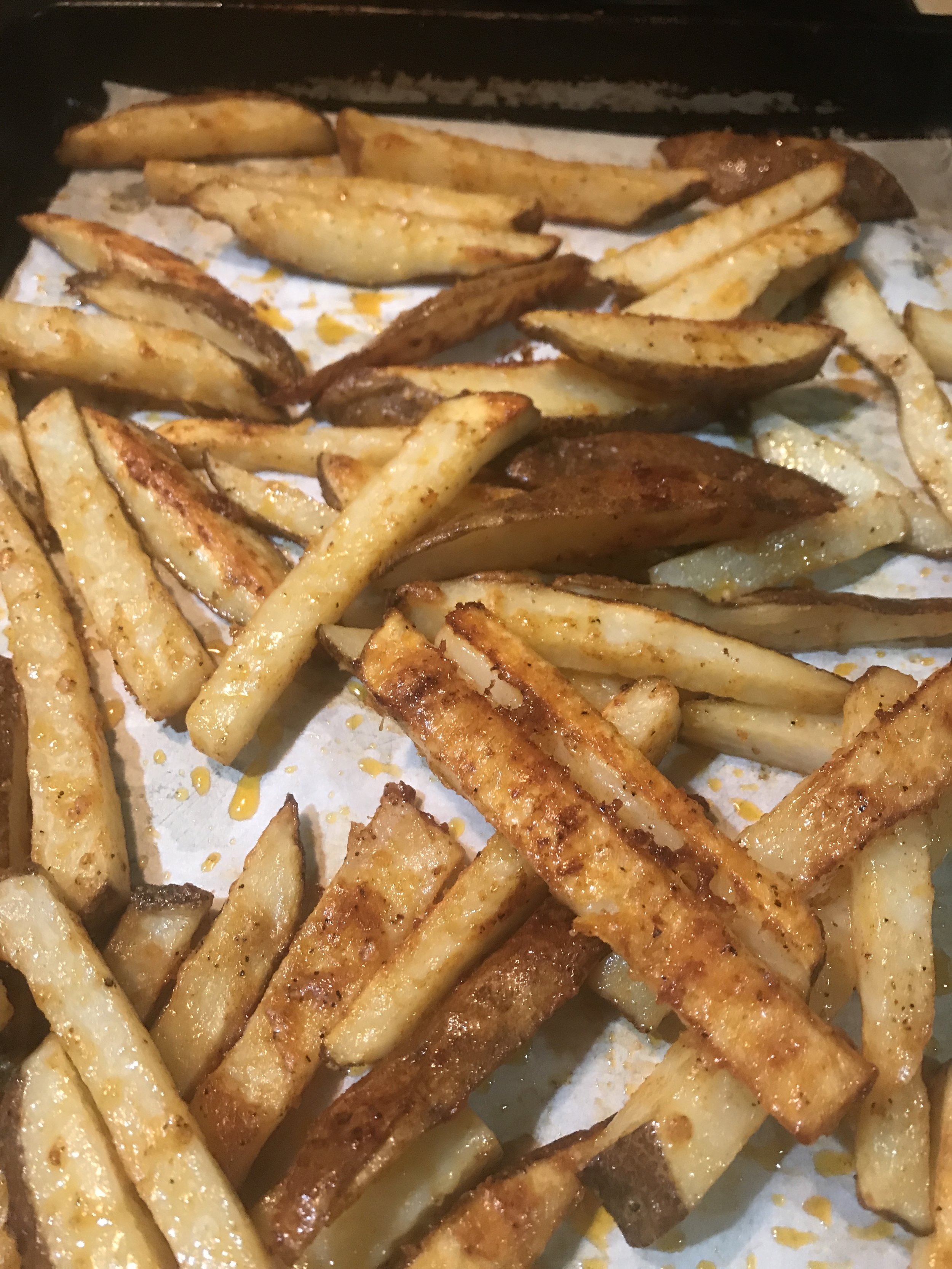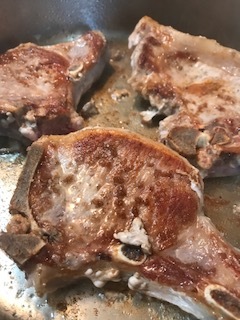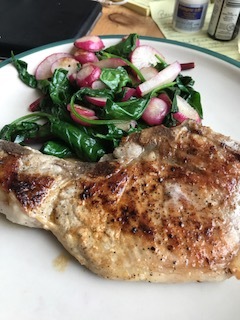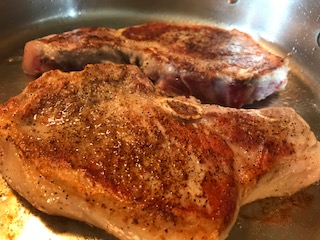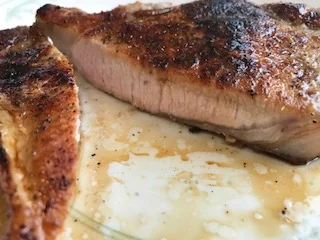I call it meat stock. I make with beef bones, chicken bones, pork bones, sometimes a mix of all 3, sometimes its beef and pork. I was pretty happy when someone actually called it meat stock in her cookbook- I wasn’t alone and I wasn’t all that weird either.
I cook a lot with stock, maybe you call it broth…….
I could cook it all day on the stove or in a slow cooker. I now use an InstantPot. I usually use the Instantpot just for stock sometimes I may do a roast in it or a stew or a soup or some dried beans. But really it’s stock.
DIRECTIONS
I have an 8 quart Instant pot so it makes a bit more than the average 6 quart. So that might need a little less bones. See how it works for you.
INGREDIENTS
2-3 pounds of bones. Often it’s a mix of beef bones and pork bones with some chicken bones. Or do just one. Or a mix of whatever you have. We don’t eat lamb but they would work well too. Just use the bones and extract great flavor and extra vitamins. Stop buying the unknown crap at the store!
I do like using the beef marrow bones but I also save all the beef steak bones, pork chops bones, pork spare rib bones, and pork neck bones. Each batch I make is different and unique.
I often will roast the bones if they are raw. Just put them on baking sheet that has a rim- I call them cookie trays. The bones will produce some liquid so a flat sheet will make a mess…….
I roast at 350-375 about 30-45 minutes until they get a dark brown color. That color is creating more flavor. Of course you can skip it if you want a milder liquid or the bones were already cooked like from steak…. Do what makes you happy.
Then they go in the instant pot, with 3-4 carrots, 2 or so stalks of celery, 1 medium-large onion and whatever else I want to toss in. Apple and peach peels add something a little different. I’ve added in wilting lettuce, limp kale, blah swiss chard, spinach, tomatoes. The more diverse ingredients the more depth of flavor. I freeze a lot of parsley so a small handful often finds its way into the pot too.
I then fill the pot to just below the full line, and set it for 90 minutes. I use the soup button and the + button to adjust the minutes. But that’s my model, yours might be different.
I let it do it’s stuff then just let the pressure release on it’s own. After it’s all done, I release any leftover pressure and let it cool a bit. Then remove the pot, pour into a large collander inside a large pot.
Once that’s done I will restrain through a finer mesh if I want anything else out of it. Usually once is enough as what’s left is small pieces of herbs. I refrigerate overnight, skim off the firmed up fat the next day then freeze in containers or use it up in a few days. I like to freeze in 1 cup amounts and in 1 quart amounts as that’s what we use the most. Ice cube trays work well for small amounts.
You can also simmer this liquid down so it’s more concentrated flavor and you can use or dilute a bit as needed for whatever dish. I do this sometimes when I think it’s kind of weak for whatever reason.
Seasoning to taste. Did you notice I didn’t add salt or any herbs? Of course use any herbs you like. I do like thyme, oregano, parsley and will add them sometimes. I usually don’t add salt until I use it in cooking.
It’s up to you how you season it. Mine are never quite the same and well my cooking isn’t the same every time either.
So save those bones or stop in and get some more and make some stock or broth.
NEVER EVER GIVE THE COOKED BONES to your pets. Once they’ve been cooked in anyway they become brittle and dangerous. Once they have been under pressure in the pot they are even more brittle. They go in the garbage (or really deep pet proof compost pile).
BEING HONEST: Yes i’ve purchased it at the store before, no shame in it. I’m working hard to put a homecooked from the farm, meal on the table and sometimes it’s just too much to do everything. My supply was out in the freezer and I didn’t get to making more. So sure convenience wins out sometimes. I just try to find that balance because I can so easily overload myself, stress out and feel like a failure. Now I just do what I can and enjoy the life I have.
So make some stock, freeze it for later or use it up this week. It makes a pretty different and filling breakfast on the go too………. Then relax.



